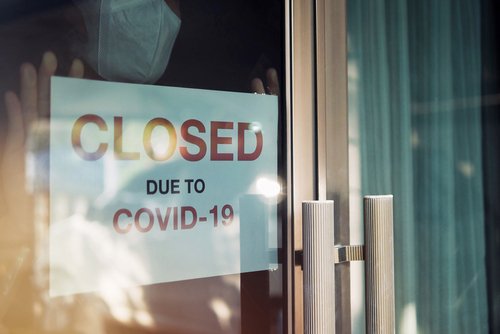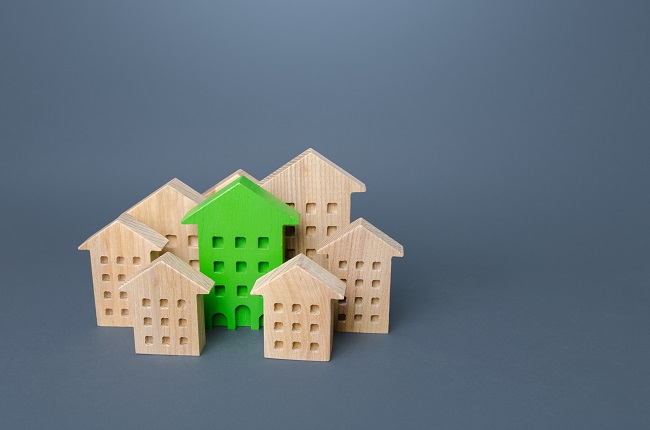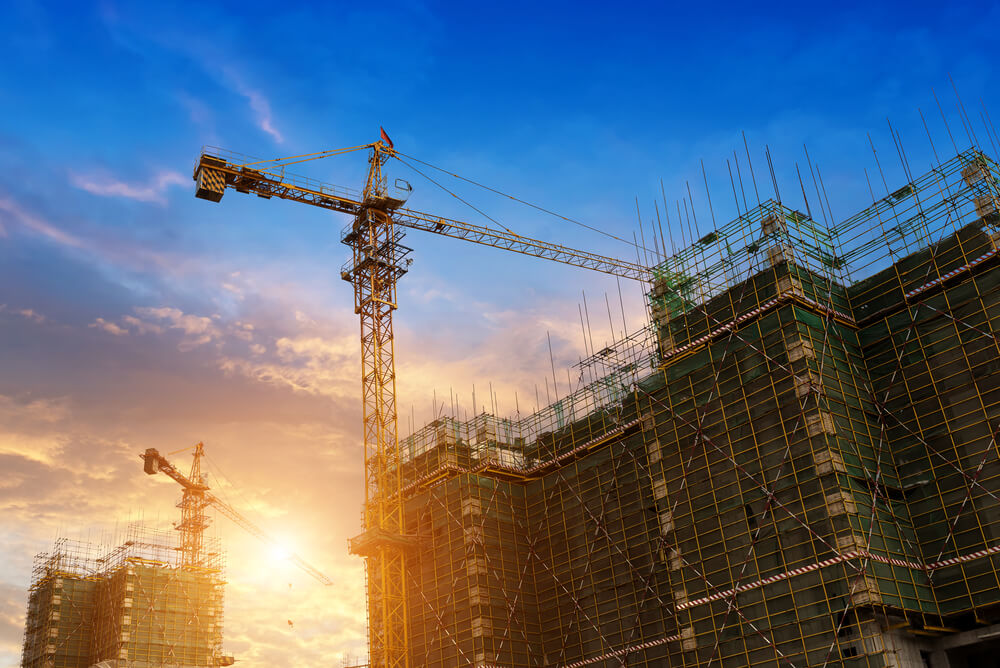Managing buildings during and after lockdown

Terry Sharp
President, BCIA

When the Government imposed a shutdown on all non-essential workplaces midway through March, many of us had to adapt to new work schedules.
The number of meetings held virtually through communication platforms like Skype and Zoom increased dramatically and networks would have felt the pressure as the country strived to carry on as normal as much as possible.
The social distancing rules meant that many buildings that were usually full were suddenly empty, but the plant in these buildings still has to be managed, however, as well as the facilities that continue to be staffed out of necessity.
Apart from hospitals and supermarkets, we still have factories, processing plants, warehouses, depots, farms and data centres all needing to function in order for the country to keep running. The effective management of these properties is now more important than ever, and those organisations who have kept up with IoT and web technologies are certainly reaping the benefit during this period of unpredictability.
Looking after commercial properties is a challenge at the best of times, especially larger premises and those which are part of a large portfolio of properties. With their movements potentially limited, facilities managers in particular have had their work cut out if they have not got an effective remote connectivity system in place.
Maintenance call-outs need to be kept to an absolute minimum, so systems that are able to reduce call-outs by analysing the data produced by the plant and providing solutions that can be implemented without a site visit will really be put to the test and will show their worth.
A return to something resembling normality is hopefully not too far away and we can go back to a more recognisable working routine. Businesses might be understandably cautious at first, and the manner in which we occupy our buildings and interact with colleagues might be a bit different, certainly in the months ahead as we seek to do all we can to avoid another outbreak.
Organisations may have to re-evaluate how they use their spaces. This will of course pose a greater problem in buildings with a smaller floor area.
Occupancy analytics could therefore play a key role particularly with space optimisation as companies bring employees back to work whilst simultaneously ensuring their health, comfort, and productivity is not negatively affected.

Terry Sharp
President, BCIA
Related Articles
Exciting developments in the world of payment
Cash Plans: Affordable options for every business
Six things you need to know about the Procurement Bill
Assessing the ‘mini-budget’
Why cashflow is king for electrical businesses
Government funds incentives and digital training for small businesses
CHAS: Ten issues that will affect construction supply chains in 2022
Trade bodies call for caution after ‘Freedom Day’
Construction looking to August for relief from COVID requirements
The story behind the headlines: the Prompt Payment Code
Member experiences help strengthen sector policy
Prompt Payment Code: the story behind the headlines
Lessons for our recovery
Top tips for researching your competitors
Return of private medical insurance
Life in the ECS Contact Centre
How independent wholesalers are competing
The month that changed everything
Interview: 10 minutes with Sean Smyth
Government procurement post-Carillion
Coronavirus: risk, uncertainty, and the supply chain
Brexit: what's next?
Leveling the playing field
Ending on a High
Takeaways from the 2019 CBI Annual Conference
Are you up to date with ECAtoday?
ECAtoday is the official online magazine of ECA and reaches thousands of people within the electrotechnical and engineering services industry.
Copyright © 2024 Electrical Contractors Association Ltd





























